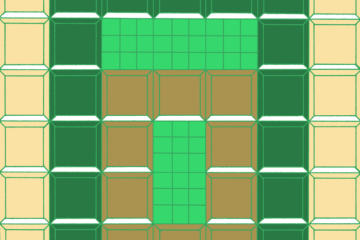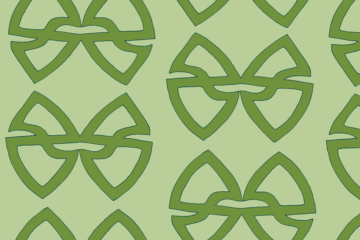Decorating Small Spaces with Garden Know-How
On a garden tour in Cambridge, I learned to appreciate the use of gardening to fill-in and texturize small spaces.
One garden consisted of an allee — the kind of silver birch tree walkway found in Europe, usually leading away from a house and out to some spectacular view in nature. In Cambridge, it was a small alley between several houses. From the outside you didn’t recognize it as a planned planting, but from the narrow walkway inside, you had the pleasure of something quiet and hidden away from the busy, urban streets outside. A pleasant, tranquil and private retreat that took only vertical space and a certain amount of time to grow in.
Most of the gardens used the side paths–narrow slits that abutted driveways, sidewalks, or other houses–as mere extensions of the garden palate. No hardy, clumping plants that can be ignored while the gardener focuses on the larger, prime backyard areas. Instead, these are carefully cultivated plots — roses here with a section of double-flowering campanillas there, or perhaps a sculpture garden, or even raised beds. All of which made me think about the importance of texture, height and utilizing small spaces in interior design.
Decorating a small space is so often done by maintaining a light, airy, 1-D space — one shall have white walls with similarly-textured white curtains and a white sofa, with one or two colors for accent, and a little wood showing to humanize it. Instead, thinking of the Cambridge gardens, maybe we should have multiple shades of white climbing the walls in birch leaf patterns with raised white velvet leaves? A sofa of dappled sun with flower-shaped cushions and crinkled, deep green throws? Furniture of various metals with plants and ceramics coursing through… the ideas are endless and I tipped my hat to the gardeners that innovated to make the most of their limited, urban space just as so many home-makers wish to do.
I designed this motif thinking about vertical green spaces, with the idea of the pattern being quite large– perhaps 3 feet in width– to give the perception of looking out of lace curtains.

